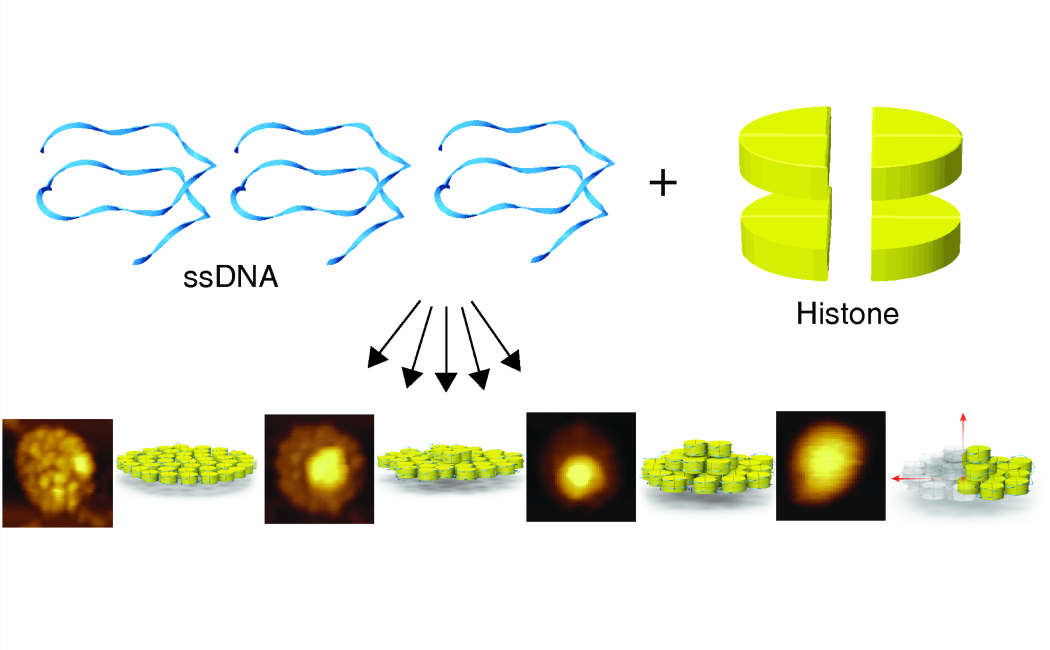
20 January, 2020
Congratulations to Maged and co-authors for publishing a paper on DNA-protein hybrid nanostructures in ACS Nano.
Geometry-Based Self-Assembly of Histone-DNA Nanostructures at Single-Nucleotide Resolution
Serag M.F., Aikeremu A., Tsukamoto R., Piwoński H., Abadi M., Kaji N., Dwyer J.R., Baba Y., Habuchi S.
ACS Nano 2019, 13, 8155-8168.
Histones are basic protein monomers capable of interacting with DNA, providing the mechanism of DNA compaction inside the cell nucleus. The well-ordered assembly process of histone and DNA is a potential candidate as the approach for building DNA−protein nanostructures. Here, utilizing the sequence-independent histone−DNA interaction, we present an approach to selfassemble histones and single-stranded DNA (ssDNA) to form well-defined histone−DNA (sHD) nanoparticles and their multidimensional cross-linked complexes (cHD). By using various molecular biology and microscopy techniques, we elucidate the structure of these complexes, and we show that they are formed at carefully controlled conditions of temperature, ionic strength, concentration, and incubation time. We also demonstrate using a set of ssDNA molecular rulers and a geometric accommodation model that the assembly of sHD and cHD particles proceeds with precise geometry so that the number of ssDNA in these particles can be programmed by the length of ssDNA. We further show that the formation of cHD amplifies the effect of the length of ssDNA on the self-assembly, allowing for distinguishing ssDNA of different lengths at single nucleotide resolution. We envision that our geometry-directed approach of self-assembling histone−DNA nanostructures and the fundamental insights can serve as a structural platform to advance building precisely ordered DNA−protein nanostructures.
https://pubs.acs.org/doi/abs/10.1021/acsnano.9b03259